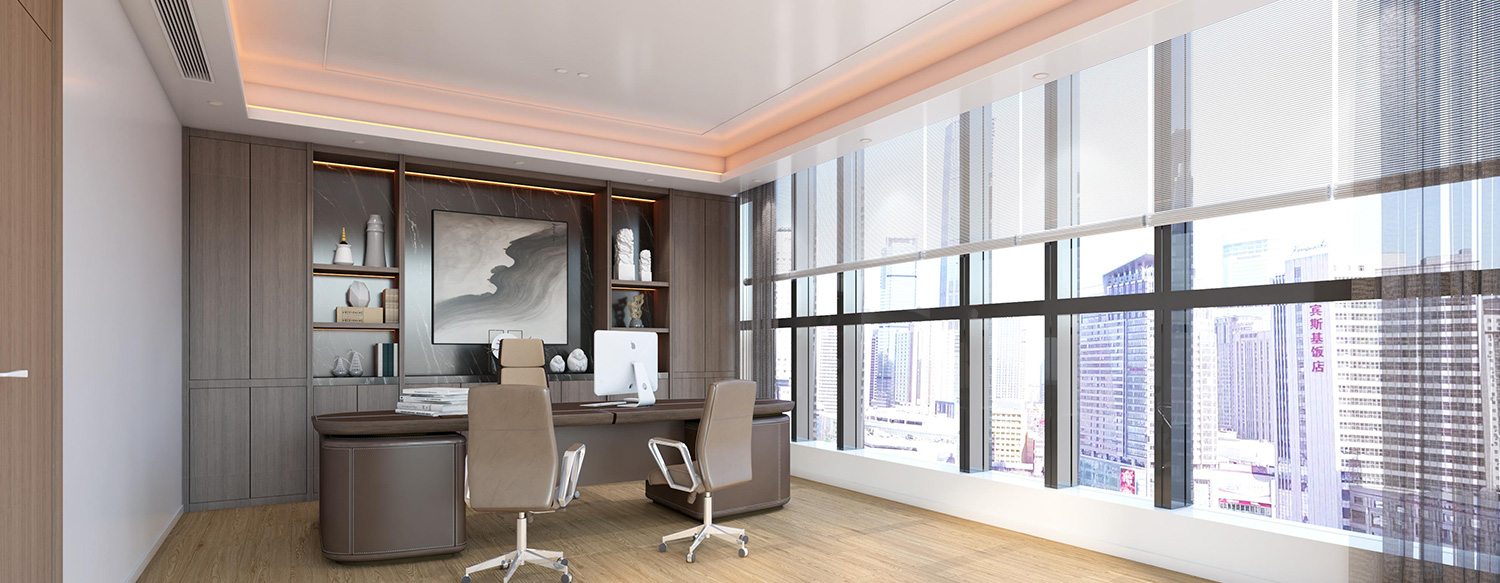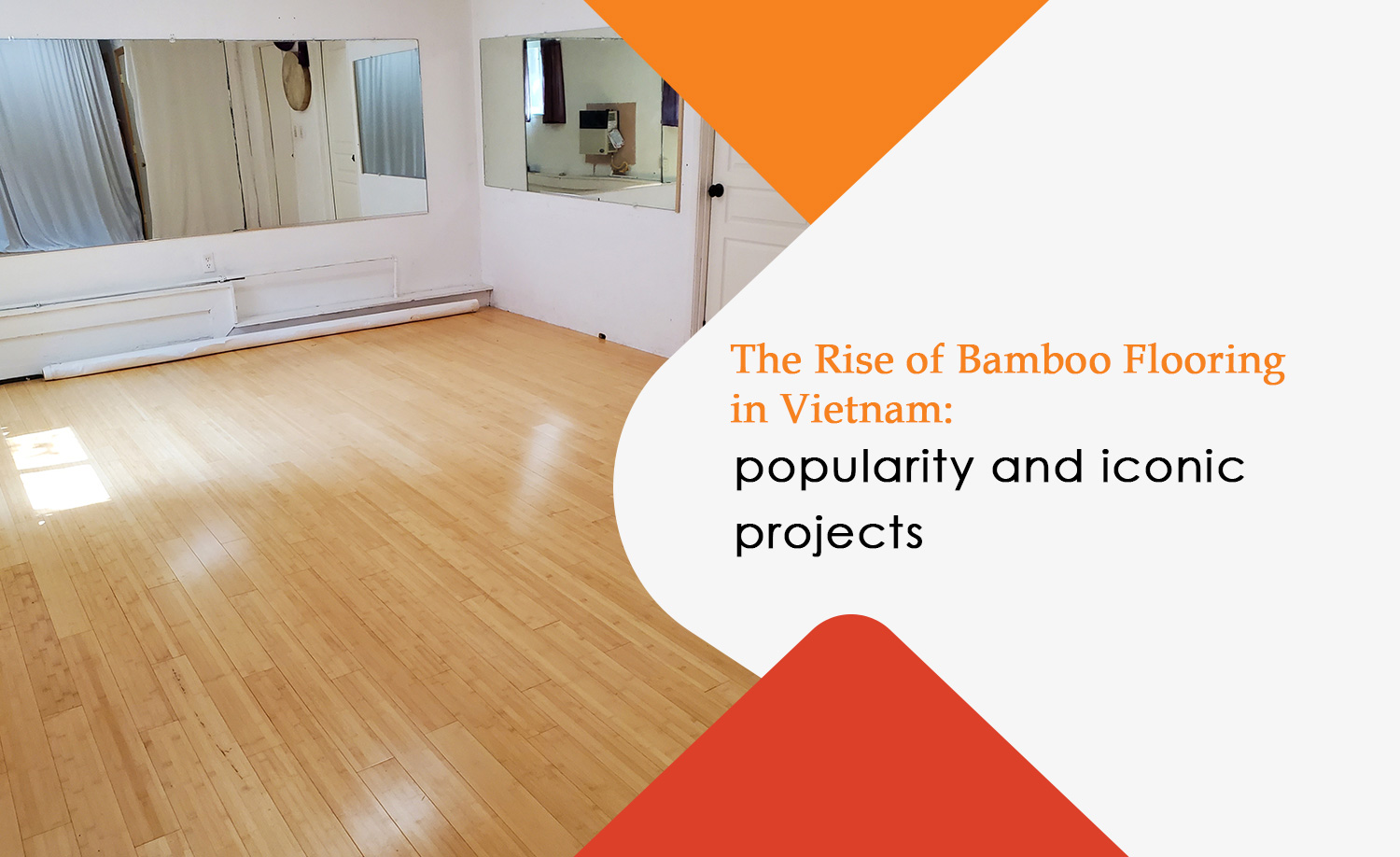Bamboo flooring has gained significant traction in Vietnam over the past decade, reflecting the country’s growing appreciation for sustainable materials and modern architectural design. Known for its durability, eco-friendliness, and aesthetic appeal, bamboo flooring is becoming a preferred choice for both residential and commercial projects. Whether it’s a luxury villa, a boutique hotel, or a cultural space, bamboo flooring seamlessly blends functionality with style, making it a standout feature in many Vietnamese landmarks.
This article explores the growing popularity of Vietnam bamboo flooring and highlights some iconic projects where it has been installed, showcasing its versatility and appeal across various applications.
Why Bamboo Flooring Is Popular in Vietnam
The increasing popularity of bamboo flooring in Vietnam can be attributed to a combination of environmental, economic, and aesthetic factors:
- Abundance of Bamboo Resources
Vietnam is one of the largest bamboo-growing countries in Southeast Asia, with an abundance of raw material available for flooring production. This makes bamboo flooring not only a sustainable option but also a cost-effective one, as local manufacturers can source bamboo domestically.
- Sustainability and Eco-Consciousness
As environmental concerns grow, bamboo flooring has emerged as a sustainable alternative to traditional hardwood. Bamboo is a fast-growing grass that can be harvested within 5-7 years, significantly reducing the environmental impact compared to hardwood trees that take decades to mature.
- Durability and Performance
Modern bamboo flooring, particularly strand-woven bamboo, is highly durable and resistant to wear and tear, making it ideal for both high-traffic commercial spaces and residential use. Its natural resistance to moisture and pests also makes it well-suited for Vietnam’s tropical climate.
- Aesthetic Appeal
Bamboo flooring offers a sleek, modern look with a natural finish that complements various interior styles, from minimalist to traditional. Its warm tones and smooth texture have made it a preferred choice for architects and designers in Vietnam.
Iconic Projects Featuring Bamboo Flooring in Vietnam
The versatility and beauty of bamboo flooring have made it a key feature in numerous noteworthy projects across Vietnam. Here are some examples of how bamboo flooring has been used to enhance spaces while promoting sustainability.
- Vedana Lagoon Resort & Spa (Hue)
Overview
Nestled in the serene countryside of Hue, Vedana Lagoon Resort & Spa is a luxury retreat that blends modern architecture with natural materials. Bamboo flooring has been extensively used throughout the resort to create a harmonious connection between the built environment and the surrounding lagoon.
Why Bamboo Flooring?
The architects chose bamboo flooring for its ability to evoke a sense of warmth and tranquility while maintaining durability in a high-traffic hospitality setting. Bamboo was also selected for its eco-friendly properties, aligning with the resort’s commitment to sustainable design.
Key Features
Bamboo flooring is installed in the villas, spa areas, and yoga pavilions, offering a consistent and elegant look throughout the property.
The natural tones of bamboo complement the resort’s earthy color palette, creating a soothing atmosphere for guests.
- Son La Restaurant (Son La Province)
Overview
Son La Restaurant is a celebrated architectural project designed by the award-winning Vo Trong Nghia Architects. Known for their innovative use of bamboo, the firm incorporated bamboo flooring into the restaurant’s design to showcase the material’s versatility and beauty.
Why Bamboo Flooring?
The use of bamboo flooring was an intentional choice to reflect the restaurant’s location in Vietnam’s rural northwest, where bamboo is a traditional building material. The flooring adds to the overall earthy, organic aesthetic of the space while offering durability for commercial use.
Key Features
Bamboo flooring was paired with bamboo columns and roofs, creating a cohesive design that celebrates local craftsmanship.
The flooring’s smooth finish and light color enhance the open, airy feel of the restaurant’s interiors.
- The Hanoian Boutique Hotel (Hanoi)
Overview
Located in the heart of Hanoi’s Old Quarter, The Hanoian Boutique Hotel offers a blend of modern luxury and traditional Vietnamese charm. Bamboo flooring is a defining feature of the hotel’s interiors, adding warmth and sophistication to the guest rooms and common spaces.
Why Bamboo Flooring?
The hotel’s management wanted a flooring material that was not only stylish but also environmentally responsible. Bamboo flooring met these requirements while providing a unique aesthetic that set the hotel apart from competitors.
Key Features
Bamboo flooring is installed in all guest rooms and suites, creating a cozy yet upscale ambiance.
Its durability ensures the flooring can withstand the wear and tear of constant guest traffic.
- Vietnam Pavilion at World Expo 2010 (Shanghai)
Overview
Although this project was located in Shanghai, the Vietnam Pavilion at the World Expo 2010 prominently showcased Vietnamese bamboo products, including bamboo flooring. The pavilion was designed to highlight Vietnam’s rich cultural heritage and commitment to sustainability.
Why Bamboo Flooring?
As a symbol of Vietnam’s abundant natural resources and traditional craftsmanship, bamboo flooring was used to emphasize the country’s dedication to eco-friendly design.
Key Features
The flooring was complemented by bamboo walls and furniture, creating a cohesive and immersive experience for visitors.
The pavilion received international praise for its innovative use of bamboo, further boosting the material’s popularity in Vietnam.
- Private Residences and Villas
Overview
Beyond commercial and public projects, bamboo flooring is increasingly being used in private residences and villas across Vietnam. Homeowners are drawn to its modern look, affordability, and eco-friendly properties.
Notable Examples
Luxury Villas in Ho Chi Minh City: Bamboo flooring has been used in high-end residential projects to add a touch of elegance while ensuring long-lasting performance.
Traditional Homes in Northern Vietnam: In rural areas, bamboo flooring is often used as a modern reinterpretation of traditional bamboo matting, blending past and present design elements.
The Future of Bamboo Flooring in Vietnam
The popularity of bamboo flooring in Vietnam shows no signs of slowing down. With its abundant bamboo resources, skilled craftsmanship, and growing focus on sustainability, Vietnam is well-positioned to lead the way in bamboo flooring innovation. As more architects, designers, and homeowners embrace this versatile material, bamboo flooring will continue to play a key role in shaping Vietnam’s modern architectural landscape.
From luxury resorts to innovative architectural projects, bamboo flooring has proven its value as a stylish, durable, and eco-friendly material that reflects Vietnam’s natural beauty and cultural heritage.

